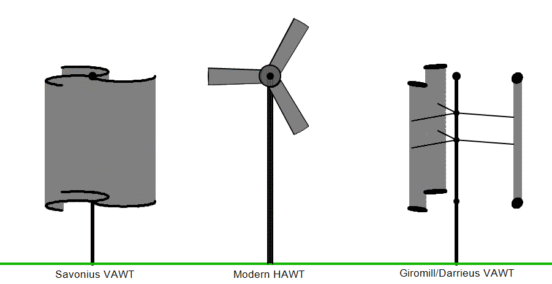Description
Geometry Expressions empowers students to visualize geometry both graphically and symbolically. Using variables, these graphics can be controlled parametrically. Parametric geometry models and apps can demonstrate a wide range of mathematical concepts. Applications in computer graphics offer insights into the inner workings of graphical design software. Introducing perspective implies three-dimensional figures within a two-dimensional space. We can leverage the symbolic capabilities of Geometry Expressions to understand these figures more deeply; editing these symbolic expressions to incorporate additional variables enables us to create fully parametric pseudo-three-dimensional figures. I used this approach to develop animations of wind turbines spinning used on Wikipedia.
Stepping back to the concept of perspective, understanding conic sections mirrors the process of understanding two-dimensional representations of three-dimensional objects. Architectural and engineering drawings use elevations and plan and section cuts as these two-dimensional graphical devices. The same parametric approach to modeling in Geometry Expressions can be applied to other modeling software, such as Revit, which is used for building design and construction. This talk is presented in interactive geometry apps, available to follow along during the presentation. Additional interactive apps, documentation, and tutorials linked above offer deeper exploration of the examples presented through individual discovery.
